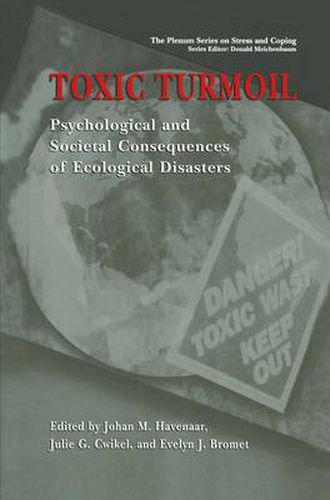Readings Newsletter
Become a Readings Member to make your shopping experience even easier.
Sign in or sign up for free!
You’re not far away from qualifying for FREE standard shipping within Australia
You’ve qualified for FREE standard shipping within Australia
The cart is loading…






This title is printed to order. This book may have been self-published. If so, we cannot guarantee the quality of the content. In the main most books will have gone through the editing process however some may not. We therefore suggest that you be aware of this before ordering this book. If in doubt check either the author or publisher’s details as we are unable to accept any returns unless they are faulty. Please contact us if you have any questions.
When an accident involves many people and when its consequences are many and serious, we speak of a disaster. Disasters have the same causal fac tors as accidents: they differ from accidents by the gravity of consequences, not by causes. The action of a single individual may result in thousands of deaths and huge financial losses. The metal fatigue of a screw may, by a chain of events, cause an explosion killing hundreds or lead to a break in a dam and a devastating flood. The fact that minor and unpredictable acts can lead to disasters is im portant because it allows us to predict that the years to come will bring with them more disasters with ever more severe consequences. The density ofhu man populations is growing. By the year 2025 some four fifths of the world’s population will be living in urban settings. An explosion or a gas leak in a densely populated area will cause incomparably more damage than a simi lar event in a rural area. Modern technology is immensely powerful (and its power is continuing to grow) and can be used in a disastrous manner. Ag gression is just as possible now as it was in the past, but the tools of aggression are vastly more dangerous than ever before. This book, edited by Johan M. Havenaar, Julie G. Cwikel, and Evelyn J. Bromet, is therefore very timely.
$9.00 standard shipping within Australia
FREE standard shipping within Australia for orders over $100.00
Express & International shipping calculated at checkout
This title is printed to order. This book may have been self-published. If so, we cannot guarantee the quality of the content. In the main most books will have gone through the editing process however some may not. We therefore suggest that you be aware of this before ordering this book. If in doubt check either the author or publisher’s details as we are unable to accept any returns unless they are faulty. Please contact us if you have any questions.
When an accident involves many people and when its consequences are many and serious, we speak of a disaster. Disasters have the same causal fac tors as accidents: they differ from accidents by the gravity of consequences, not by causes. The action of a single individual may result in thousands of deaths and huge financial losses. The metal fatigue of a screw may, by a chain of events, cause an explosion killing hundreds or lead to a break in a dam and a devastating flood. The fact that minor and unpredictable acts can lead to disasters is im portant because it allows us to predict that the years to come will bring with them more disasters with ever more severe consequences. The density ofhu man populations is growing. By the year 2025 some four fifths of the world’s population will be living in urban settings. An explosion or a gas leak in a densely populated area will cause incomparably more damage than a simi lar event in a rural area. Modern technology is immensely powerful (and its power is continuing to grow) and can be used in a disastrous manner. Ag gression is just as possible now as it was in the past, but the tools of aggression are vastly more dangerous than ever before. This book, edited by Johan M. Havenaar, Julie G. Cwikel, and Evelyn J. Bromet, is therefore very timely.